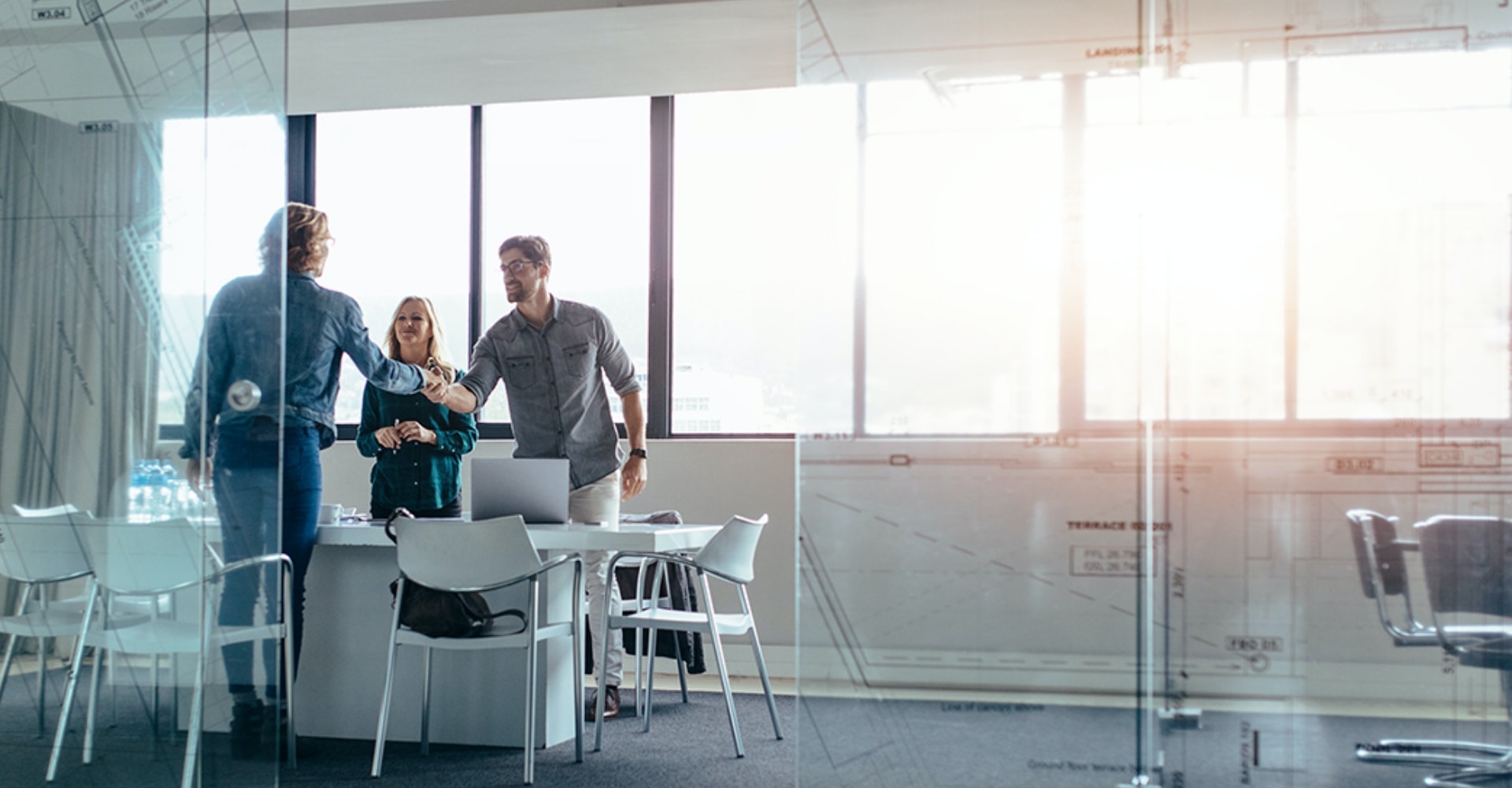
Access to sports and active recreation is integral to a healthy lifestyle. However, many people in New South Wales are excluded from participating due to barriers such as physical impairments, socio-economic status or cultural background. Although many programs and initiatives are in place, it’s time to start looking at ways to promote more accessible and inclusive sports and recreation opportunities in New South Wales.
What is accessibility and inclusion in sport and recreation?
Accessible and inclusive sport creates opportunities for everyone, regardless of age, gender identity, ability level or cultural background, allowing them to participate safely in sport and physical activity. It’s about providing the necessary support to join with confidence, enjoyment and success. This means eliminating barriers (such as physical impairments) and ensuring that all participants feel accepted, respected and valued.
Exclusion, segregation, integration and inclusion are concepts that have an impact on the accessibility of participation in sports and recreation for people with disabilities.
- Exclusion involves a form of direct or indirect denial of access due to differences.
- Segregation involves catering towards differences but in isolation from others.
- Integration allows those with disability into mainstream settings, often requiring adaptations and adjustments so as not to disrupt standardised practices.
- In contrast, comes inclusion, where systemic change occurs such that everyone can participate equitably, allowing individuals the space they need within their authentic self-expression without disruption or alienation.

Why is it important?
Many benefits are associated with promoting accessible and inclusive sports in New South Wales. It helps to create an equal playing field for all participants, encourages social integration within communities, helps to develop strong relationships between peers, provides a positive outlet for stress relief and improves overall physical health. It also encourages people from diverse backgrounds to work together towards common goals, which is essential for building a cohesive society.
What can be done to promote accessible and inclusive sports?
The government, businesses and civilians can take several steps to ensure that sport and active recreation becomes more accessible and inclusive in New South Wales. These include:
- Creating policies that ensure equality of access
- Providing funding for the development of accessibility infrastructure (such as wheelchair ramps), improving education around disability rights/awareness training for coaches/instructors/volunteers
- Investing in technology that enables remote participation (such as virtual reality systems)
- Introducing and participating in diversity initiatives encouraging participation from underrepresented groups (including women).
How can new sporting facilities in NSW meet the needs of those with disabilities?
Special attention should be paid to ensuring that any new sporting facilities meet the needs of those with disabilities.
Equitable access cannot bypass the principles of universal design. Careful planning and design of any sporting facilities should support and enable dignified access. This means there should be zero access challenges to facilities and participation in programs and services. Equitable access can be achieved by following a range of standards developed around facility development in the following ways:
- Sports Dimensions: Australia has burgeoning sporting opportunities, from innovative aquatic playgrounds to classic playing fields. With modern and traditional dimensions standards, the nation ensures something for everyone in sports and recreation.
- Standards: The Department of Local Government, Sport and Cultural Industries (Gov of WA) has compiled a comprehensive list of Australian standards (some mandatory) to ensure that sports occur in ideal conditions across the nation. Every detail is accounted for, from measurements and distances to weight guidelines, so participants can perform at their best.
- Best Practice Principles: Resources that assist in creating a welcoming and inclusive environment for every person in the community.
- Co-lated Facilities: Strong community facilities are essential for the success of any neighbourhood, and they promote healthy lifestyles and encourage socialisation, both necessary components so everyone can be part of an equitable space with ample opportunity to thrive.
What is Australia doing to promote inclusion in sport and recreation?
A range of educational resources has been developed to ensure that the public understands why these programs are necessary and how professionals and businesses can effectively implement them.
| Australia Government |
|
| Australian Legislation |
|
| NSW Organisations |
|
| NGOs |
|
| International Sporting Competitions (non-exhaustive list) |
|
Access Link acknowledges the right for all to participate in sports, and here’s how:
Promoting accessible and inclusive sports should be a priority for all stakeholders involved in this sector in New South Wales.
At Access Link Consulting, we want to eliminate the barriers to participation by leading the way for companies across Australia to comply and align with the BCA and DDS. Our consultancy services provide tailored solutions – from SDA categorisation of designs to helping you create an accessible facility.
We work with you in taking proactive steps such as eliminating barriers, increasing diversity initiatives, and investing in accessibility infrastructure and design. Let’s work together to ensure everyone has an equal opportunity to participate safely in sports, regardless of their background or ability level.
Access Link Consulting can help pave the way towards true equality on the playing field.









